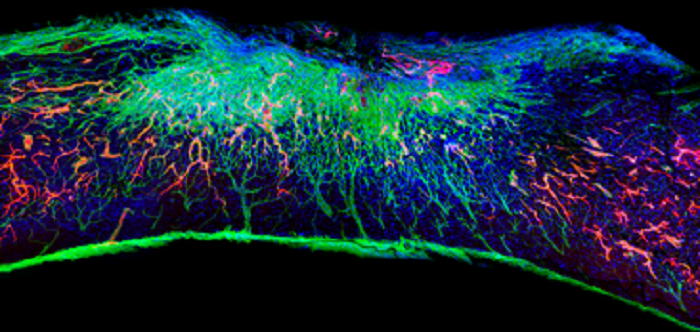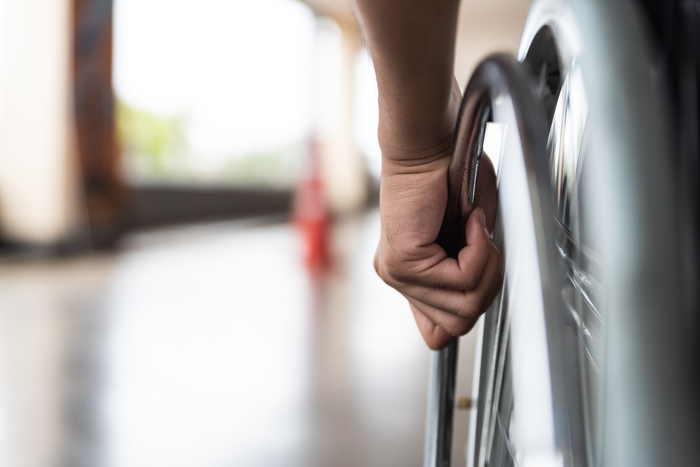Paraplegic mice treated with an innovative regenerative medicine technique that repaired their spinal cord injuries resumed running on all fours, without dragging their hind legs.
Four weeks were enough to see the results after a single injection of special molecules which, by 'dancing' around the lesion, are able to interact more effectively with the cell's receptors, stimulating their regeneration. The result is published in Science by researchers from Northwestern University (USA), who intend to contact the American Food and Drug Administration (FDA) as soon as possible to test the therapy on humans. The hope, in fact, is that this innovative technique can be useful for spinal trauma, but also for strokes and neurodegenerative diseases such as Parkinson's, Alzheimer's and Amyotrophic Lateral Sclerosis (ALS).
The therapy consists in locally injecting a special liquid that thickens to form a complex network of nanofibers similar to the extracellular matrix of the spinal cord. Depending on how this artificial 'scaffolding' is designed, it is possible to regulate the movement of the molecules inside it, in order to favor their binding with the cell receptors. "Considering that the cells themselves and their receptors are in constant motion, we can imagine that molecules capable of moving rapidly can meet these receptors more easily," says study coordinator Samuel Stupp, a chemistry and materials scientist at Northwestern University.
"The key innovation in our research, which has never been done before, is to control the collective movement of more than 100,000 molecules within our nanofibers. If the molecules move, 'dance' or even momentarily jump out of these structures, known as supramolecular polymers, are then able to bind more effectively with the receptors ". When this happens, two cascades of signals are activated in the cells: one stimulates the regeneration of the extensions (axons) of the neurons, while the other promotes the formation of new blood vessels that feed the cells.The therapy also promotes the production of new myelin (the insulating coating that facilitates the transmission of nerve signals) and reduces the formation of scars that are an obstacle to repair. Finally, the number of motor neurons that manage to survive also increases.
According to Samuel Stupp, the dance of molecules that allowed paraplegic mice to restore movement could be a crucial innovation that could also be applied to other pathologies.
"The tissues of the central nervous system that we regenerated in the injured spinal cord are similar to those of the brain affected by stroke and neurodegenerative diseases such as ALS, Parkinson's and Alzheimer's - underlines the expert - Our discovery relating to movement control of groups of molecules to enhance cellular signals could be universally applied to all targets of biomedical interest ".




/cloudfront-eu-central-1.images.arcpublishing.com/prisa/4BBEMCOSQFE7LNGAOSXIRE24NE.jpg)




